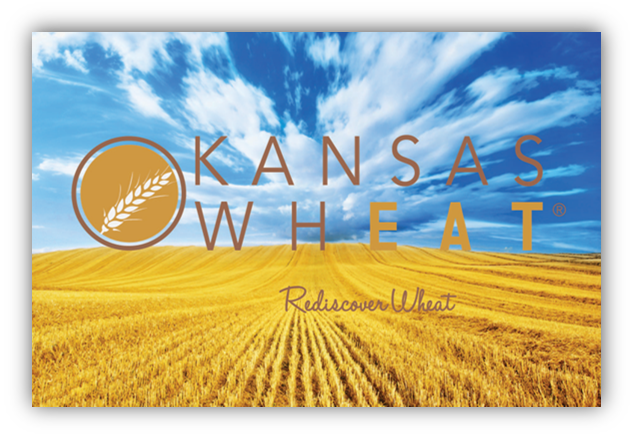
24 Jul Kansas Wheat & K-State Provide Information on Wheat Streak Mosaic Following 2025 Harvest
According to Kansas Wheat, the 2025 wheat growing season in Kansas will go down as one of the most challenging in recent memory, with widespread viral disease pressure affecting crops statewide.
In the latest episode of Wheat’s On Your Mind, host Aaron Harries is joined by Kansas State University experts Dr. Kelsey Andersen Onofre and Dr. Romulo Lollato to explain why and how this viral outbreak took hold. From the biological intricacies of the wheat curl mite to the nuances of symptom onset and misdiagnosis, they break down what really happened and why traditional solutions like fungicides didn’t work.
Farmers are encouraged to act early—well before planting—to mitigate these viruses.
This means aggressively managing volunteer wheat, being mindful of green bridge hosts, and choosing wheat varieties with known resistance genes.
Listeners will also learn how to send samples to the K-State Diagnostic Lab for accurate identification, which will help prevent another viral outbreak in 2026.
This episode is a must-hear for producers and ag professionals looking to prepare effectively for the upcoming planting season.
10 Key Takeaways
- The 2025 Kansas wheat crop faced extreme yield losses from a three-virus complex.
- Wheat streak mosaic, triticum mosaic, and High Plains wheat mosaic can co-infect, worsening symptoms.
- All three viruses are transmitted by the wheat curl mite, which survives both summer and winter.
- Symptoms often appear in spring but result from fall infections.
- Miticides and fungicides offer no effective control once symptoms appear.
- Managing volunteer wheat post-harvest is critical to breaking the green bridge cycle.
- Certain cropping practices (e.g., double-cropping, cover crops) exacerbate mite survival.
- Resistance genes (e.g., Cmc4 and WSM2) help but are not bulletproof—temperature sensitivity and virus specificity matter.
- Virus presence in seed is minimal but possible; primary spread is via mites.
- Accurate diagnosis through Extension offices or K-State’s Diagnostic Lab is crucial.


